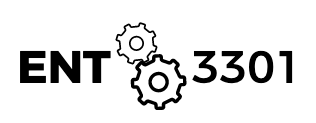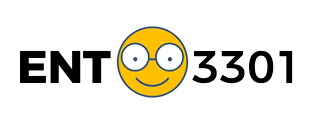While starting a business may seem daunting, it can also be extremely rewarding and fun. Research indicates that the start-up stage of a business is associated with higher levels of what we call eudaimonic well-being (meaning, purpose, engagement, self-acceptance, and a sense of freedom and vitality). Thus, working on starting your own business in class may be a true opportunity to unleash your creative potential and pursue something that you find meaningful and impactful.
During the semester, you will work on developing your business idea independently. At the end of the semester, you will have to pitch your business idea by giving a short 6-12min presentation (startup pitch) to your classmates. Because this is an asynchronous course, you will have to record yourself pitching your idea. You will then post your recording on Canvas for feedback.
My vision with this project is to help you put the foundation for a potential business that you can later pitch at Baylor's New Venture Competition (several students have done that in the past!) or continue developing as you go through the program.
The most promising ideas/projects will also be considered to continue their development in Baylor's business incubator or take part of OSO Launch.
Please note that there is no final exam for the course, so you can consider your pitch (and Power Point Deck, which you will have to submit together with your video pitch) your final exam.
A good starting point for your presentation is the following pitch deck template [download here], which highlights the main points you will need to include in your presentation.
Here is an example of a PPT presentation students have created in the past [example].
I will use the following pitch evaluation form when grading your work [download here].
Note on Validating Demand
After you complete your trends analysis, you should have a vision for your company. Thus, the next step will be to start validating your demand. The best way to do this is to create a minimum viable product (MVP) and start offering it to potential customers. There is no better way to validate your product than examining the market response.
However, due to the unprecedented circumstances associated with COVID-19 this semester, I am not requiring students to create an MVP and attempt to sell their products (especially in-person). Although, depending on your product, you may still be able to validate demand in various other ways that don't require any in-person interaction (refer to the validation guide we covered earlier in the semester).
For example, you can validate demand, at least partially, by interviewing customers and suppliers (and you can do this virtually via Zoom or Facetime or over the phone) [guide on how to do interviews]. In fact, you may have already done some of this work as part of your trends analysis.
Here is an example of how students in a previous class validated their product [download PPTs].
Note on Marketing/Branding Package
You presentation will need to create a brand identify for your product. This will require designing a catchy logo and slogan, having a social media presence (instagram, facebook, twitter, etc.).
You can also create a website (although, again, this is not a requirement this semester).There are many online platforms where you can create quickly and free a website. I recommend checking out these two: (1) designmodo and (2) strinkingly.
If you are ambitious, you should also strive to create a short (2-3 mins) promo/pitch video that you can use for a crowdfunding campaign. I usually require students to develop a promo video, but due to the difficulties associated with COVID-19, I am also waiving this requirement this semester.
Here is an example of a branding package created by students in a previous class (video is on slide 2) [download PPTs].

